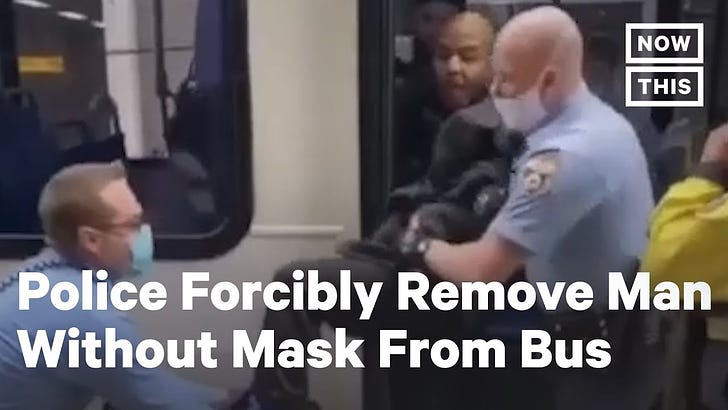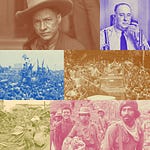Today, Stuart Schrader, a scholar at Johns Hopkins, joins us to talk about his book: Badges Without Borders: How Global Counterinsurgency Transformed American Policing. We go through the history of modern policing in America, how these tactics were spread around the world during the cold war, and finally the repercussions when they came home.
Here is the video that we referenced during the interview:
Excerpt from chapter 5 of Badges Without Borders, “Policing and Social Regulation”
Policing the globe engendered new approaches to governance. The public safety project insisted upon the universality of its approach to crafting the first line of defense, uniting cops from across the United States and across the globe in a single fraternity. Advising police overseas differed from patrolling a beat at home, however. Innovation, flexibility, and patience were essential. The experience affirmed and reinforced police experts’ belief in the vital necessity of cutting-edge policing expertise as a bulwark against societal chaos.
Many older public safety advisors retired from law enforcement when they left the Agency for International Development (AID), but around a hundred rotated back into ordinary police positions at home, now with a new outlook. Lee Echols, who initiated the public safety mission to Bolivia in 1957, was elected sheriff of Yuma County, Arizona, in 1960. A campaign ad included endorsements from Office of Strategic Services director William Donovan and the Office of Public Safety’s (OPS’s) Theo Hall. Echols lost a bid for reelection after one term, during which he spent lavishly and implemented rigorous FBI-led in-service training for his men, in effect imitating OPS-style reforms. This vigor was premature, however—the law and order craze still lay in the future. Echols was obliged to resume overseas advisory work.
After OPS shut down, Adolph Saenz became a prison administrator in New Mexico, recruiting OPS buddies to staff his facility, and Donald Bordenkircher Jr. became warden of the West Virginia State Penitentiary. In the late 1950s, Bordenkircher had been a rising star in prison administration at San Quentin State Prison in California, and he became a public safety advisor in South Vietnam in 1967. He took lessons learned at San Quentin to Vietnam, like the rapid-response “troubleshooting squad” for prison rebellions and the “hole,” or solitary confinement, for disciplinary infractions. Bordenkircher eventually returned overseas, advising prison administration in Iraq from 2005 to 2009. Both Saenz and Bordenkircher put their counterinsurgent knowledge to the test when called on to suppress rebellions in prisons they supervised, earning national news coverage.
The individual itineraries of returned advisors do not suffice to illustrate the domestication of counterinsurgency, however. Instead, the institutions they developed would reproduce the knowledge they created long after they moved on and their names were forgotten. In their travels, advisors designed, introduced, and tested universally applicable policing techniques and technologies. In the context of global counterinsurgency, information collection, sorting, and dissemination were essential, and its reliance on new technologies was consistent with the capital-intensive thrust of police reforms that professionalizers of the 1960s adopted. Technologies for surveilling and managing the population encouraged new forms of violence, like forced disappearance. And new weapons and new ways to use them also emerged. Through these developments, global security congealed.
Use source code 17M6662 at checkout and save 30%
To learn more about Stuart Schrader and his work, please visit his website














History of the Modern Police with Stuart Schrader